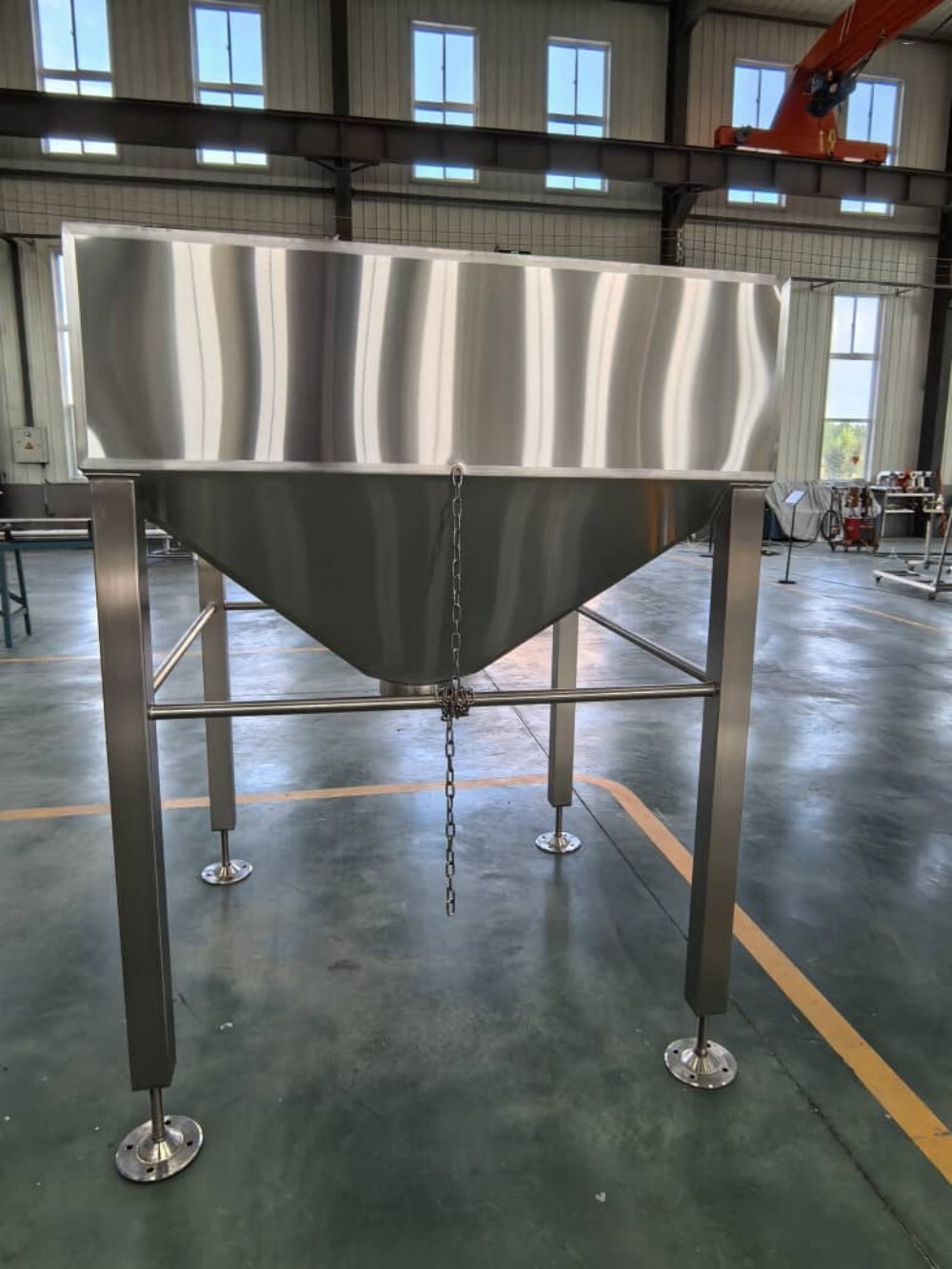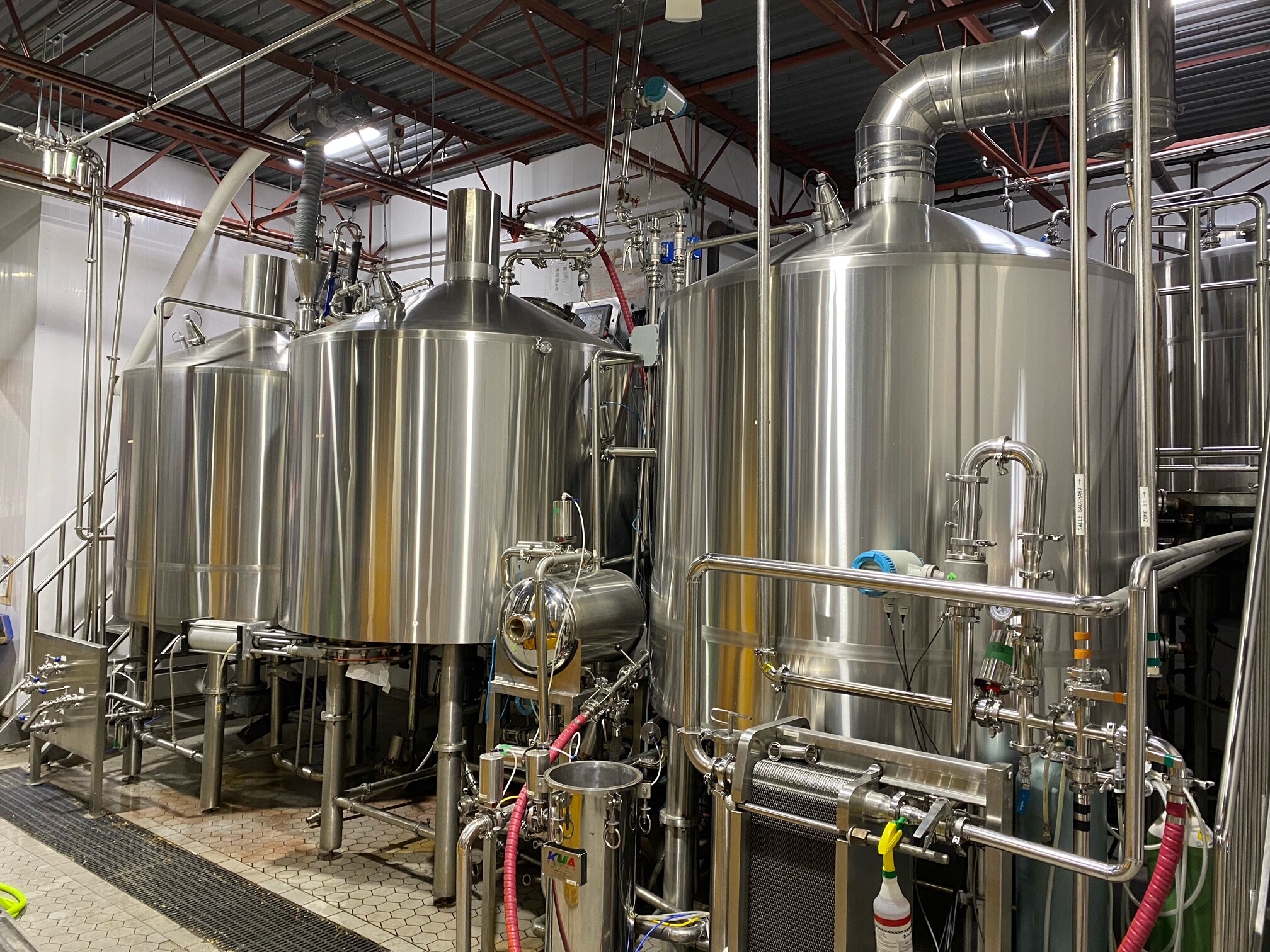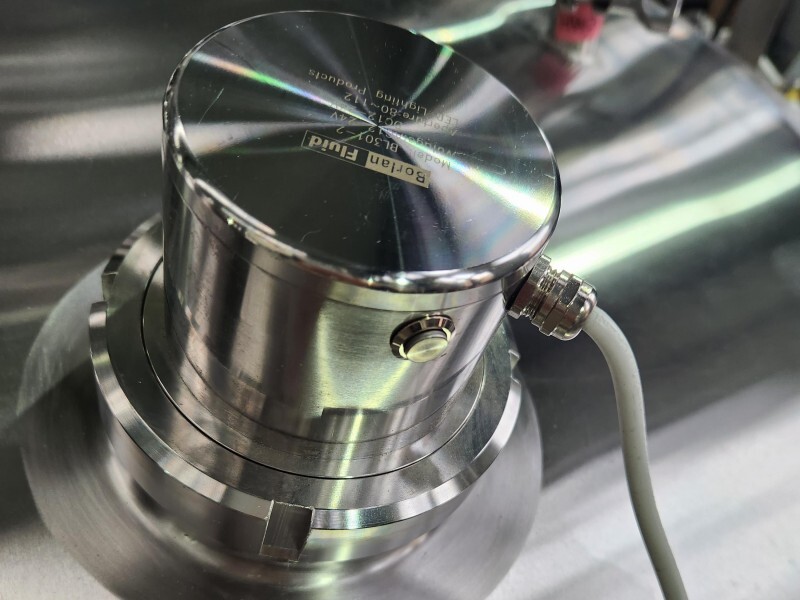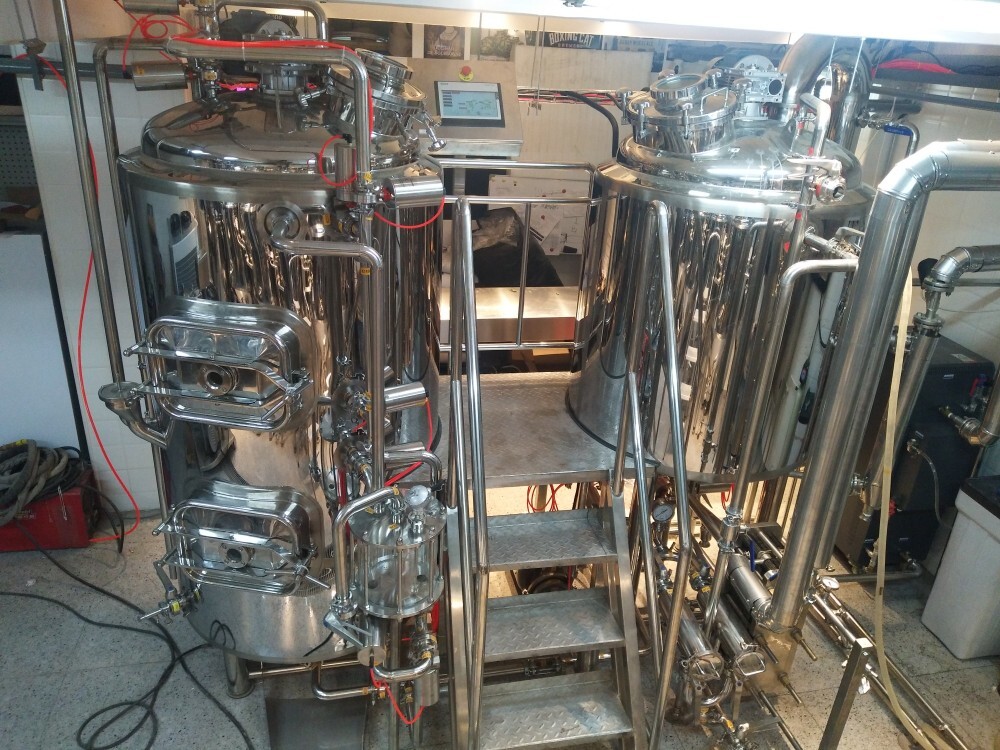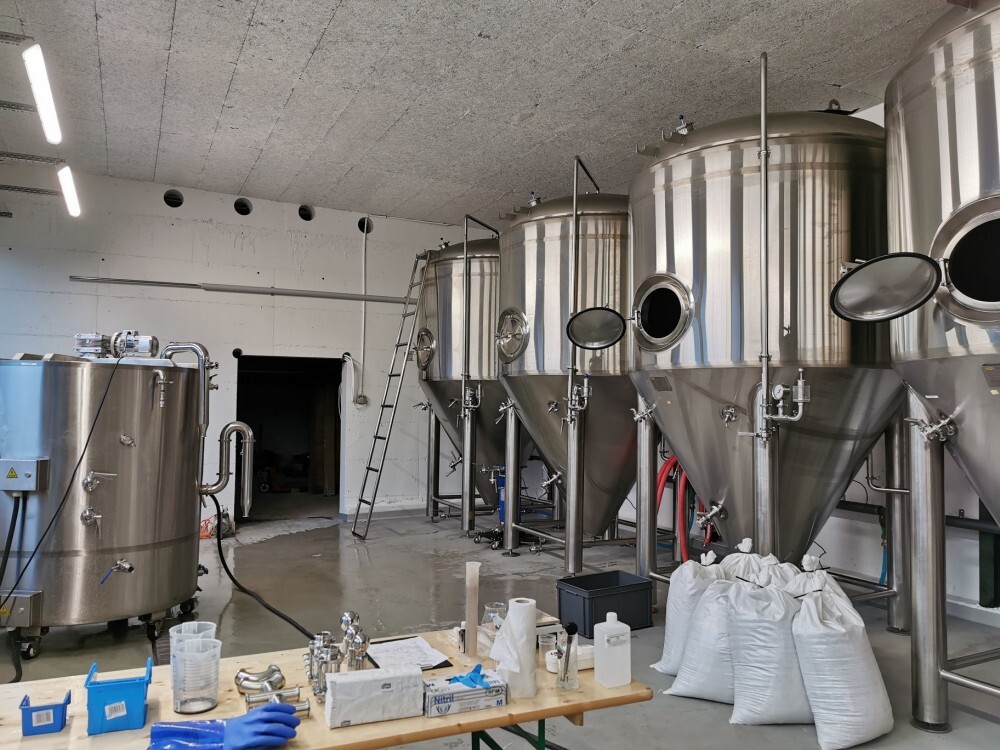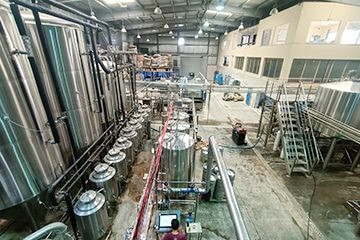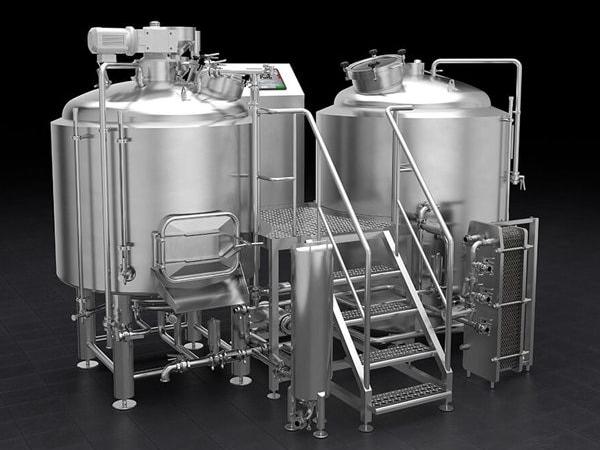The Essential Guide to Yeast Storage Tank Management
The Druery Brewery
Bateleur Brewery is delighted with ZYB Craft's complete brewery turnkey solution. ZYB Craft's comprehensive approach and meticulous attention to detail have streamlined our brewery setup. Their support throughout the process was invaluable. We wholeheartedly recommend ZYB Craft to fellow brewers for their exceptional turnkey solutions. Cheers to ZYB Craft for being our brewing partner!
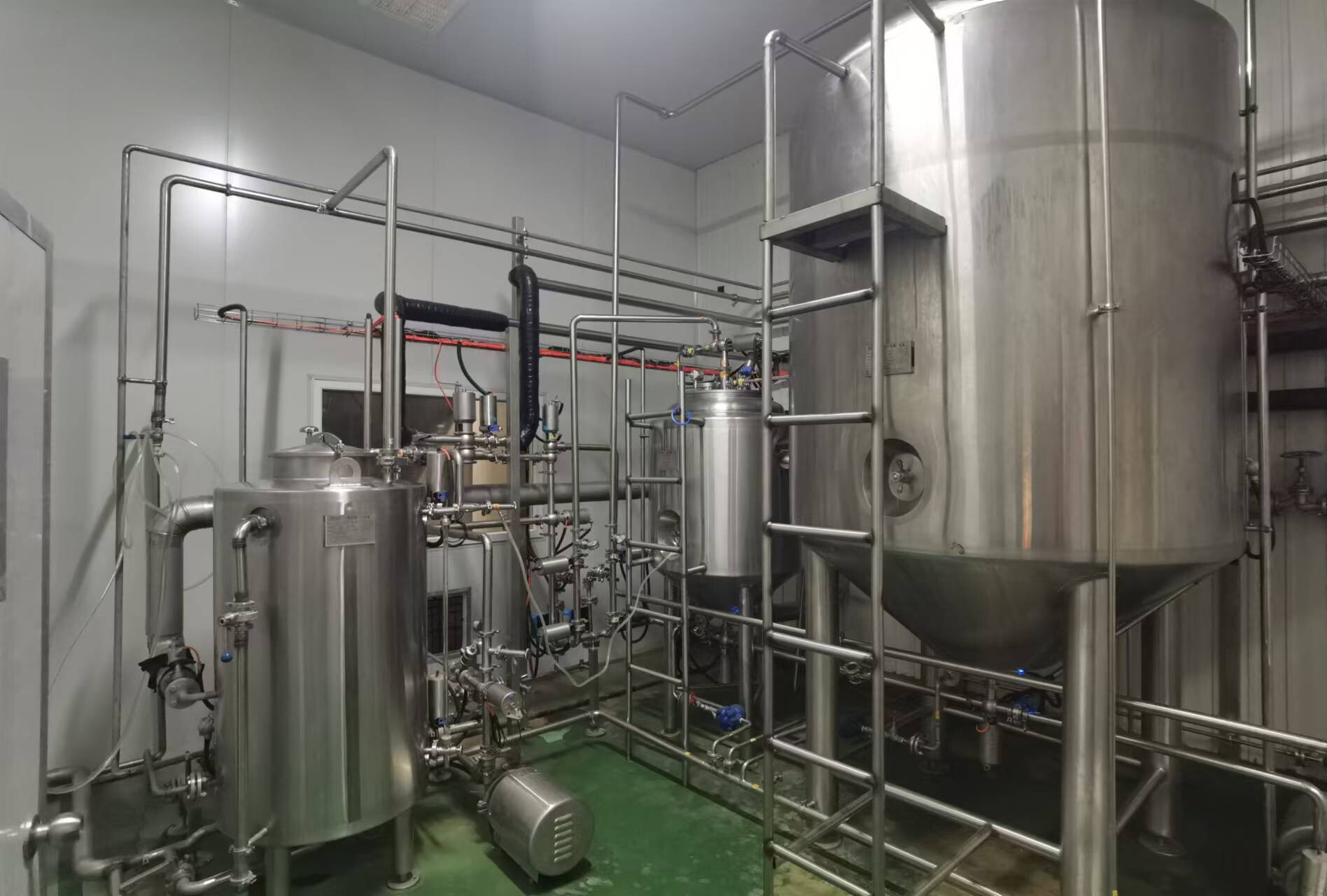
Project Description:
Mastering Yeast Storage Tanks for Optimal Viability
In the world of brewing and fermentation, maintaining yeast viability is crucial for producing high-quality products. One of the most effective ways to achieve this is through the use of a yeast storage tank. This article explores how proper management of these tanks can help in preventing yeast viability loss, ensuring that your brewing processes remain efficient and productive.
Understanding Yeast Storage Tanks
A yeast storage tank is specifically designed to store yeast under controlled conditions. These tanks help in managing temperature, pressure, and gas composition, all of which are essential for yeast health. By providing a suitable environment, brewers can extend the lifespan of yeast for several batches.
Why is Yeast Viability Important?
Yeast plays a pivotal role in fermentation. Healthy yeast cells lead to better fermentation performance, resulting in consistent flavor and aroma profiles in beer. If yeast viability drops, it can lead to sluggish fermentation, off-flavors, and reduced alcohol yields.
Techniques for Preventing Yeast Viability Loss
- **Nitrogen Blanketing:** This technique involves filling the headspace of the yeast storage tank with nitrogen gas. It prevents oxidation and maintains yeast health by creating an anaerobic environment.
- **Cold Storage:** Keeping yeast at lower temperatures slows down its metabolism without killing the cells. Studies have shown that cold storage can maintain yeast viability above 90% for up to six months.
- **Regular Monitoring:** Keeping an eye on temperature, pressure, and yeast health through regular checks ensures that any issues can be identified and corrected promptly.
Optimizing Your Yeast Storage Tank Practices
To truly harness the benefits of a yeast storage tank, implement the following optimization strategies:
1. Maintain Consistent Conditions
Ensure that temperature and pressure within the tank remain stable. Fluctuations can stress yeast cells and lead to viability loss.
2. Schedule Regular Repitching
Plan your brewing schedule to take full advantage of the viability period. Ideally, repitch yeast while it is still healthy to maximize fermentation efficiency.
3. Educate Your Team
Train your brewing team on the importance of yeast management and the techniques needed for effective storage. An informed team can better maintain yeast health.
Conclusion
In conclusion, managing a yeast storage tank effectively can significantly enhance the viability of yeast, leading to improved fermentation results. By adopting techniques such as nitrogen blanketing and cold storage, brewers can prevent yeast viability loss and maintain consistent quality in their products. Remember, healthy yeast equals happy brewing!
Product Features
Tell us about your brewery equipment requirements!
At ZYB Craft, we’re dedicated to bringing your brewery vision to life. Our expert team of brewers, engineers, and craftspeople is ready to design and manufacture the perfect equipment for your brewing operation. Whether you’re just starting or expanding, we’re here to help. Please leave your specifications, and our team will get in touch to discuss your project in detail. We’ll work closely with you to create equipment that meets your unique needs and budget.
*Rest assured, your information will be kept confidential and used solely for the purpose of assisting you with your brewery equipment needs. We look forward to brewing success together!

